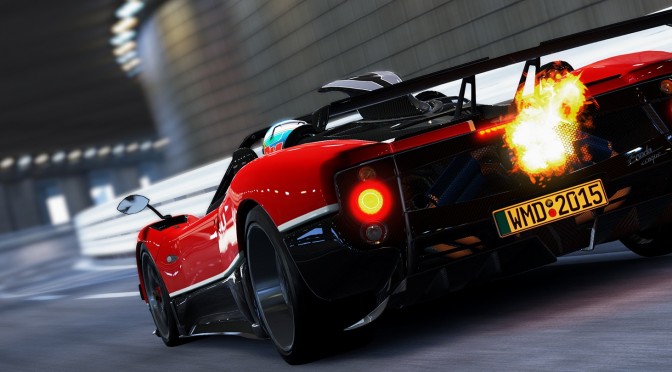Slightly Mad Studios has released a new patch for the PC version of Project CARS. According to the release notes, this patch brings a host of Virtual Reality improvements, and features full HTC Vive support. You can read its full changelog below.
Project CARS – Patch 11.0 Changelog:
Virtual Reality
- HTC Vive support
- Gaze control implemented, providing hands-free interaction with the User Interface
- Mouse pointer control in HMD view implemented
- Photo mode is now fully functional
- Depth of Field effects now work correctly
- The game will now retain controller focus when the player removes the HMD
- Improved rendering system for Crepuscular rays and Sun flares
- Improved rendering of dirt and rain drops on Helmet visor
- Improved the default seat position
- Improved the default HUD position
- Improved default camera settings to prevent the car tilting independently from the player at steep inclines
- Fixed a refresh issue on the UI when returning from a race to the main menu
Other
- Nürburgring Combined
- Fixed an issue where a pit stop operation would fail to initiate correctly, leaving the car stuck in the pits
- Fixed the starting lights not working
- Fixed an issue with the pit-in trigger potentially initiating when the player is on the main straight
- Improved system for Opponent Labels
- Added support for the Thrustmaster TMX ForceFeedback wheel
- Fixed an issue with Fanatec wheels where at times it would cause dropped frames at the start of a race
- Fixed an issue with Fanatec wheels where LEDs and pedal rumble motors failed to work after a disconnect/reconnect

John is the founder and Editor in Chief at DSOGaming. He is a PC gaming fan and highly supports the modding and indie communities. Before creating DSOGaming, John worked on numerous gaming websites. While he is a die-hard PC gamer, his gaming roots can be found on consoles. John loved – and still does – the 16-bit consoles, and considers SNES to be one of the best consoles. Still, the PC platform won him over consoles. That was mainly due to 3DFX and its iconic dedicated 3D accelerator graphics card, Voodoo 2. John has also written a higher degree thesis on the “The Evolution of PC graphics cards.”
Contact: Email

